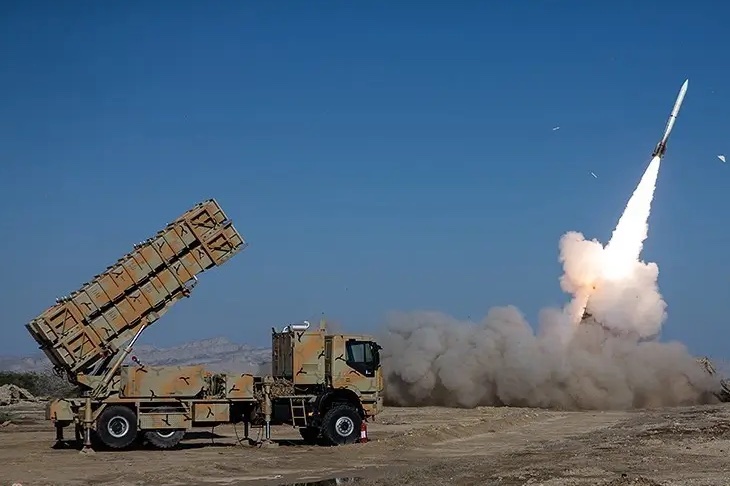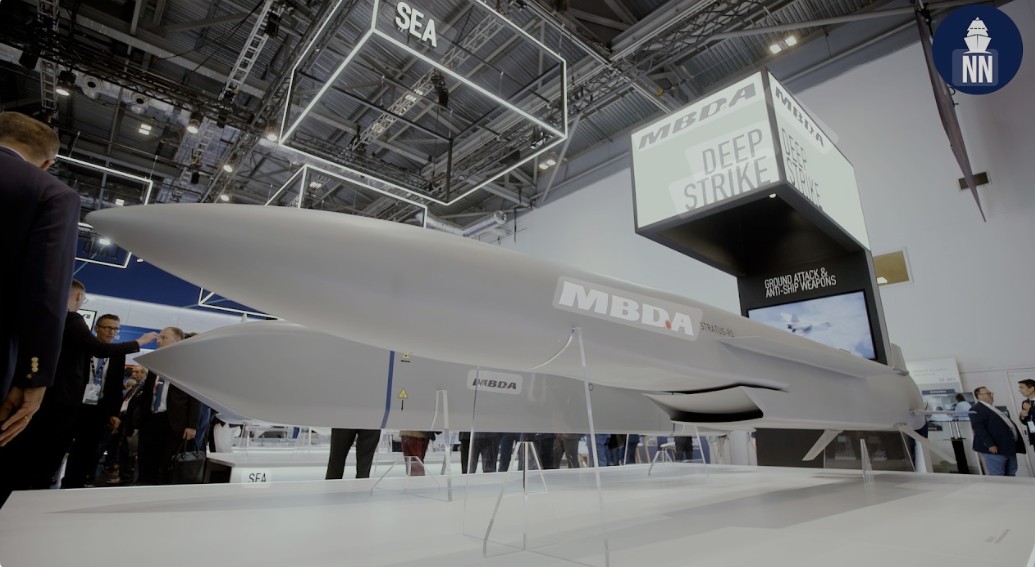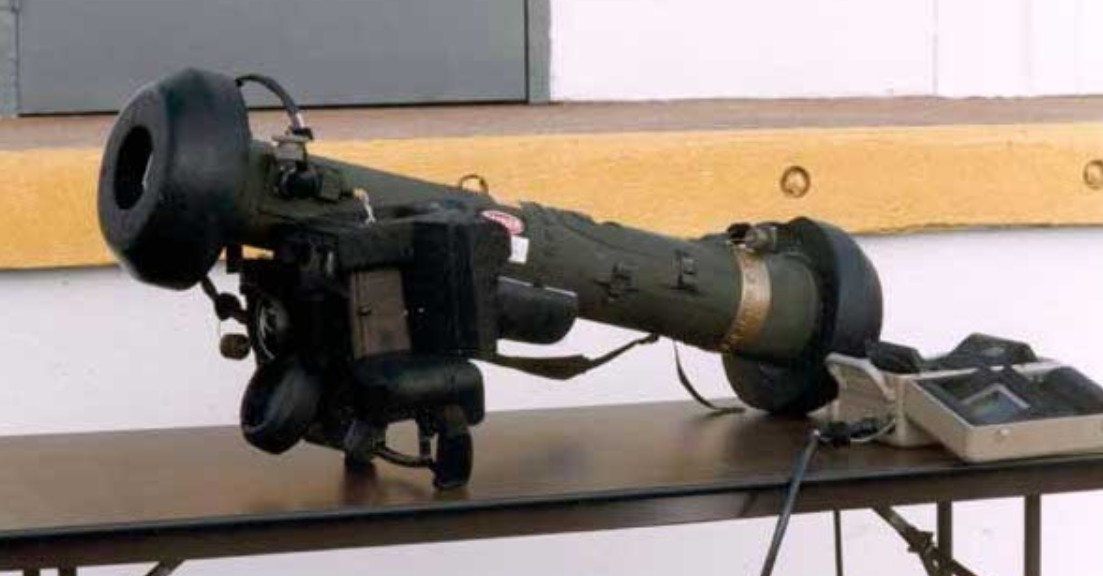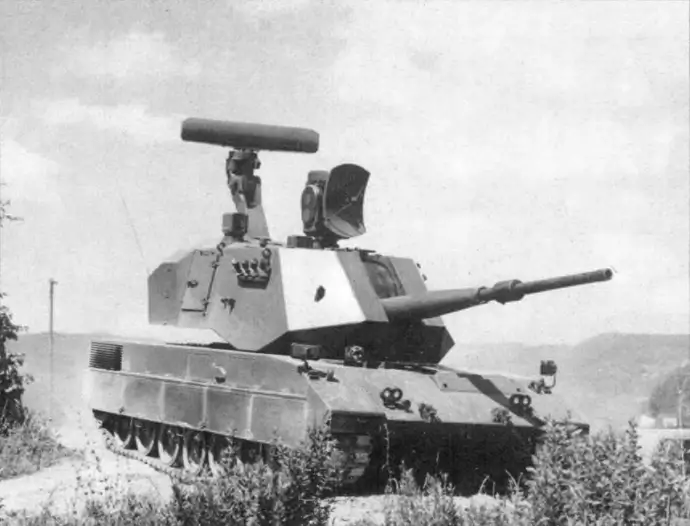Iran’s Long-Range Air Defense Systems
Iran has been investing heavily in its air defense capabilities in recent years, especially in the development of long-range air defense systems. One such system that has caught the attention of military experts around the world is the Talaash system.
The Talaash system is a surface-to-air missile system that is capable of engaging and neutralizing a variety of airborne threats, including aircraft, drones, and ballistic missiles. It is designed to provide Iran with a robust and comprehensive air defense capability to protect its airspace.
Key Features of the Talaash System
The Talaash system is equipped with advanced radar systems that are capable of detecting and tracking multiple targets simultaneously. This allows the system to effectively engage and neutralize incoming threats with a high degree of accuracy.
One of the key features of the Talaash system is its long-range capability. It is capable of engaging targets at distances of up to 200 kilometers, making it a formidable deterrent against airborne threats.
The Talaash system also boasts a high rate of fire, with the ability to launch multiple missiles simultaneously. This ensures that it can engage and neutralize multiple threats in quick succession, further enhancing its effectiveness.
Another notable feature of the Talaash system is its ability to engage both single and multiple targets. This flexibility allows it to adapt to different situations and effectively engage threats, whether they are solo aircraft or a swarm of drones.
Integration and Cooperation
The Talaash system is designed to be integrated into Iran’s existing air defense network, which includes various other air defense systems such as the S-300 and Bavar-373. This integration ensures a seamless and coordinated defense capability that can effectively neutralize incoming threats.
Iran has also been working on strengthening its cooperation with other countries in the region to enhance its air defense capabilities. In recent years, Iran has conducted joint military exercises and training programs with countries such as Russia and China. These collaborations have not only helped Iran improve its air defense capabilities but also fostered stronger diplomatic ties with these countries.
Challenges and Controversies
Despite the advancements in its air defense capabilities, Iran’s air defense systems still face several challenges. One of the main challenges is the effectiveness of these systems against more advanced stealth aircraft, such as the F-35. Iran’s air defense systems, including the Talaash system, may struggle to effectively detect and engage these stealth aircraft.
There is also ongoing controversy surrounding Iran’s air defense systems, particularly in relation to its ballistic missile program. The international community has expressed concerns about Iran’s development of long-range ballistic missiles, which could potentially be equipped with nuclear warheads. Iran maintains that its ballistic missile program is purely defensive in nature, aimed at deterring potential threats.
The Future of Iran’s Air Defense
Iran’s investment in its air defense capabilities reflects its commitment to protecting its airspace and ensuring its national security. The Talaash system, along with other air defense systems, plays a crucial role in deterring potential threats and safeguarding Iran’s sovereignty.
As technology continues to advance, Iran will likely continue to enhance its air defense capabilities to keep pace with evolving threats. This could involve the development of more advanced long-range air defense systems, as well as further integration and cooperation with other countries.
Conclusion
The Talaash system is a testament to Iran’s growing air defense capabilities. With its long-range capability, advanced radar systems, and flexibility in engaging both single and multiple targets, the Talaash system provides Iran with an effective deterrent against airborne threats. While it may face challenges in the face of more advanced stealth aircraft, Iran’s commitment to its air defense capabilities and willingness to cooperate with other countries ensure that it will remain a formidable force in the region.









